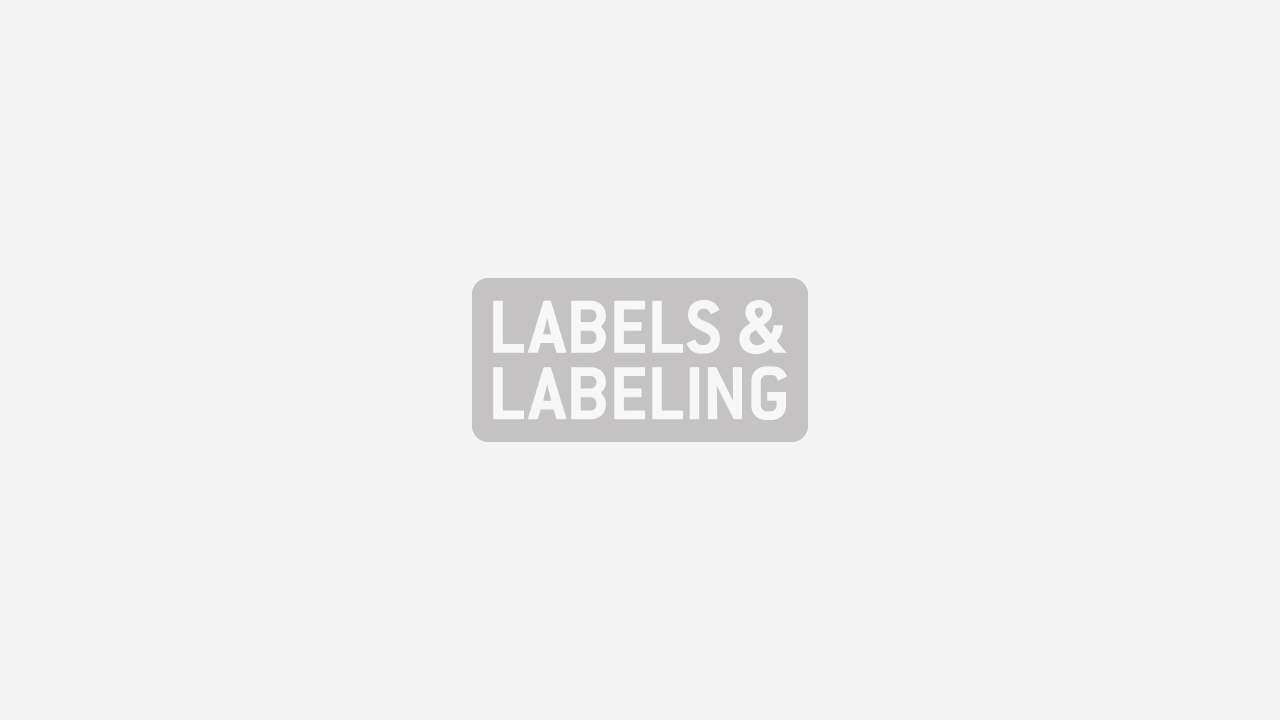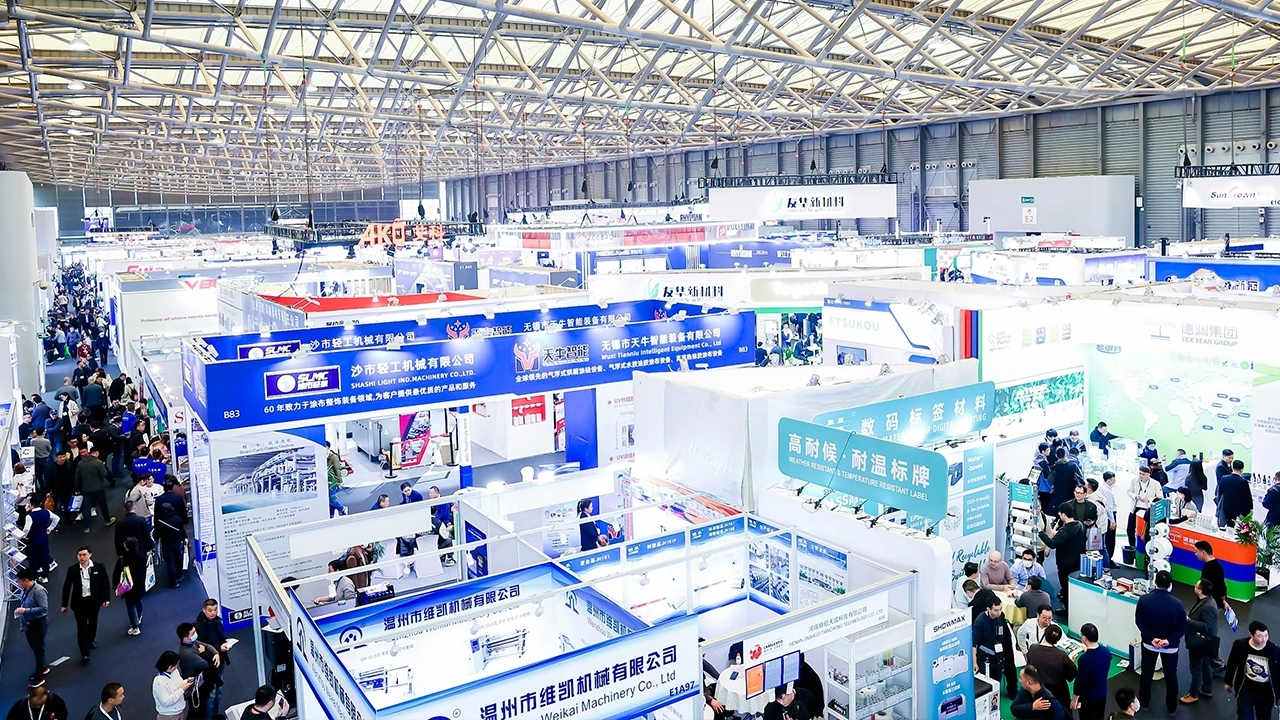Danielle Jerschefske: CPGs want packaging like their brands – sustainable and premium

Change is inevitable. CPGs are feeling increasing pressure from consumers to lower the total carbon output of their products’ life-cycles. They are evaluating packaging on a macro level – reviewing specific areas within the value chain that can reduce wastage and pollution.
The label industry needs to begin designing labels for products that can be reprocessed and reused easily, helping to reduce their customers’ products’ carbon footprint. Converters must understand what their customers’ environmental goals are and they have to be able to respond with knowledgeable support.
Diageo has created and will regularly use a packaging life-cycle assessment tool, SPOT (Sustainable Packaging Optimization Tool), a software program that allows the brand, packaging designers and engineers to evaluate any given combination of packaging. SPOT will support the company’s new Sustainable Packaging Guidelines. Many other brand owners have been using similar software systems such as COMPASS and PIQET to address a package’s impact on the environment at the early design stage.
The life-cycle of a label must be evaluated at the design stage. The industry must understand how the construction of a label as a whole can impact the environment. Is the adhesive used in the construction recycling compatible? What is the material that the label will be applied to? Will the label contaminate recycling streams?
While many of the materials currently in these life-cycle databases pertain only to the wider packaging industry – polymers, board and glass – information is being collected for secondary packaging with a specific focus on pressure-sensitive labels (adhesive and liner) and shrink sleeve labels (energy usage).
CPGs will begin evaluating the labels they choose to use by the impact the construction will have further up the supply stream. For example, in Canada, the government enacted a tax on retailers that sold products with packaging that is not currently recyclable in the nation’s recovery streams. The adhesive in PS labels was found to gum-up the recycling of PET thermoform containers. Within a matter of months, the Association of Postconsumer Plastic Recyclers published test methods for Recycle Compatible Adhesives (RCAs).
Leading material suppliers UPM Raflatac and Avery Dennison quickly reacted with verified options for label converters serving this market.
Real innovation has been introduced to the industry that will support many brand’s search for lower impact packaging. Take look at the Closed-Loop, or Cradle-to-Cradle, recovery system Mitsubishi has introduced for PET liner for pressure sensitive material. More of these types of initiatives are required.
This is only the beginning. The life-cycle databases are being developed and the software programs are being used to provide brands with rapid snapshots of a package’s sustainability. Diageo says that it is looking for packaging that is both sustainable and premium. Are you prepared to manufacture labels that meet these requirements?
Label converters can find support and guidance in the new Environmental Performance book in Chapter Six: Design for Sustainable Performance.
Danielle Jerschefske
North America editor
Labels & Labeling
Stay up to date
Subscribe to the free Label News newsletter and receive the latest content every week. We'll never share your email address.


